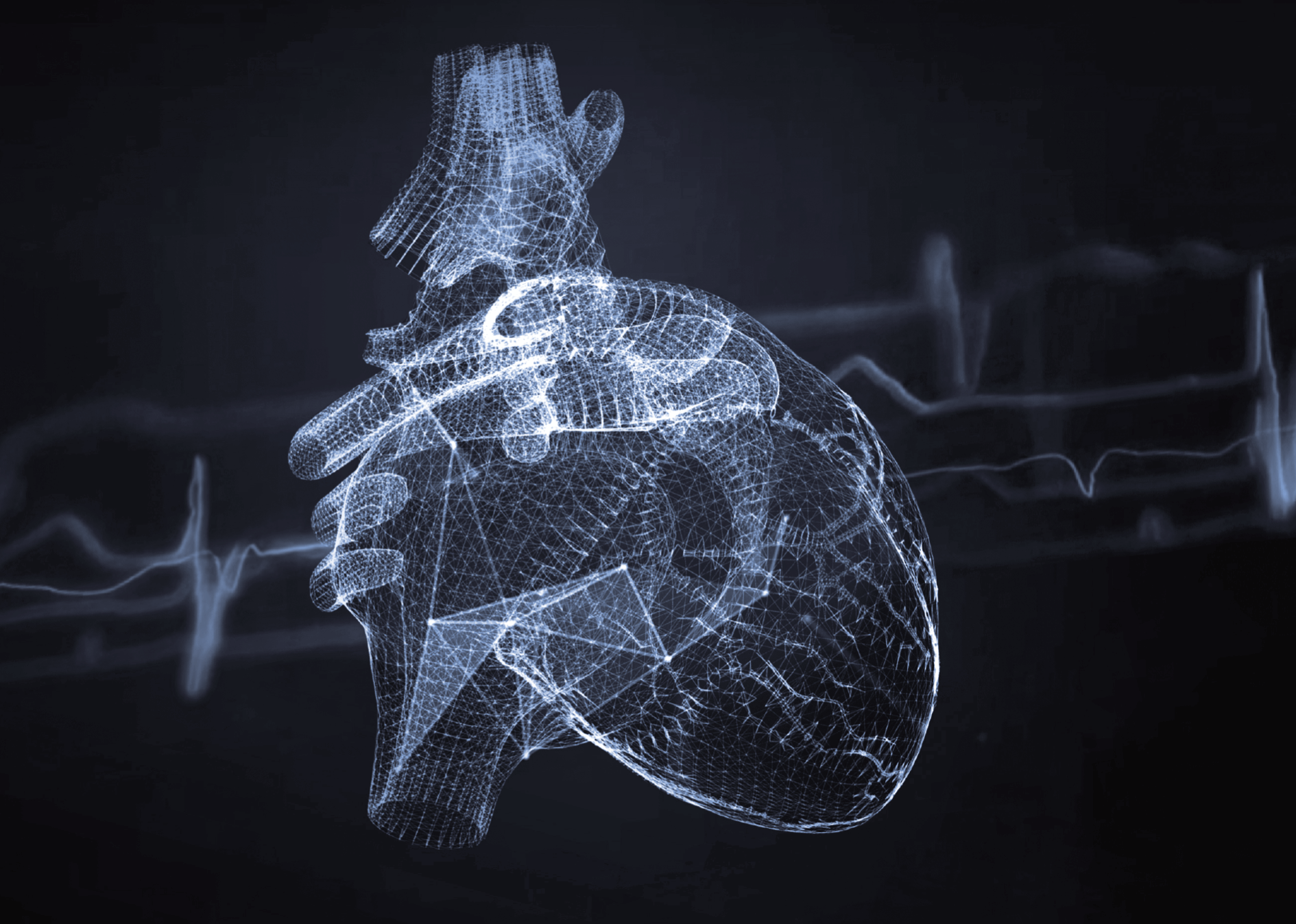Computed tomography of the sinuses – what is it and how to prepare for the examination?
Computed tomography of the sinuses is an advanced imaging study that provides detailed images of paranasal sinus structures. This examination allows an accurate assessment of the bones and soft tissues and the detection of any abnormalities, such as inflammation, cancerous lesions or anatomical anomalies that may affect the patient’s health and daily functioning.
How does a CT scan work?
Computed tomography is an imaging modality developed on the basis of the technique for taking X-ray images. The difference, however, is the precision achieved in the imaging of the body’s internal structures. During the examination, the radiation source and the detector that picks up the signal are mobile and rotate around the patient’s body, producing a series of images in different positions, and as a result the CT scan provides more detailed information than traditional X-rays, allowing evaluation of both soft tissue and bone.
Indications to the examination
Computed tomography of the sinuses is an invaluable diagnostic tool that provides detailed information about paranasal sinus structures and their pathological conditions. Thanks to its precision and versatility, this examination supports doctors in making accurate diagnostic and therapeutic decisions, resulting in more effective treatment of patients. Indications for a CT scan of paranasal sinuses include:
- diagnosis and evaluation of the severity of chronic inflammatory conditions of the sinuses that do not respond to standard treatment;
- acute sinusitis;
- diagnosis of cancerous lesions within the paranasal sinuses;
- detection of structural abnormalities such as polyps, cysts and nasal septal deformities;
- planning surgical procedures such as endoscopic sinus surgery;
- assessment of craniofacial injuries that may involve sinus structures.
Who can order this examination?
As with CT scans of other parts of the body, the examination can be ordered by any doctor. However, if the patient wants the examination to be reimbursed by the National Health Fund, he or she must have a referral issued by a specialist.
Contraindications to a sinus CT scan
Computed tomography of the sinuses is a safe examination, but there are certain situations in which this imaging modality requires additional consultation with a specialist. Contraindications to the examination include:
- pregnancy;
- a known allergy to the contrast agent and renal failure;
- patient age less than 2 years;
- patient age over 60 years;
- cancerous lesions in the sinuses and nasal cavity;
- curvature of the nasal septum and congenital defects in the sinuses and nasal cavity;
- ongoing orthodontic treatment.
It is important to note that not all of the contraindications listed above rule out the possibility of a CT scan, and therefore the patient should discuss his or her health condition and any allergies with a specialist before proceeding.
How to prepare for a scan?
On the day of the examination, the patient should wear comfortable clothing without metal parts. Items such as jewellery or watches should be left in the checkroom before entering the examination room where the CT scan will be performed.
In addition, a few days before the scheduled examination with contrast administration, the patient must undergo a blood creatinine level test. Without the result of this test, the administration of contrast will not be possible. It is also important to remember that the patient should refrain from eating for at least 4 hours before the computed tomography scan.
Course of the examination
During the examination, the patient lies on the moving table, which moves through the ring-shaped gantry of the CT scanner. It is important for the patient to remain motionless throughout the procedure, which usually takes a few to around a dozen minutes. If contrast administration is required, an intravenous line (cannula) is inserted into the patient for this purpose.
After the examination, the patient can immediately return to his or her daily activities, but it should be noted that if the examination involves contrast administration, the patient is advised to drink plenty of fluids, which helps the contrast agent to be removed from the body faster. In exceptional cases, the patient may experience mild side effects such as nausea, rash, warmth, skin itching or headache, which pass within a few hours after the examination.
Sinus CT scan results are usually available within a few days. The radiologist analyses the images and provides a report of the findings to the referring physician who will discuss the results with the patient and recommend further treatment.
Types of sinus CT scans
A variety of computed tomography techniques are available for sinus diagnosis purposes, and these can be tailored to meet the specific needs of the patient. The basic examination allows assessment of the overall structure and condition of the paranasal sinuses. For a more detailed analysis of their anatomical structures, a CT scanner can be used that provides extremely precise 3D images.
Owing to its versatility and accuracy, computed tomography of the sinuses is an indispensable diagnostic tool that assists the planning of treatment and surgical interventions. Its use in the diagnosis of the paranasal sinuses can significantly improve the patients’ quality of life, allowing the appropriate treatment to be rapidly and effectively implemented.
*ATTENTION! The information contained in this article is for informational purposes and is not a substitute for professional medical advice. Each case should be evaluated individually by a doctor. Consult with him or her before making any health decisions.



